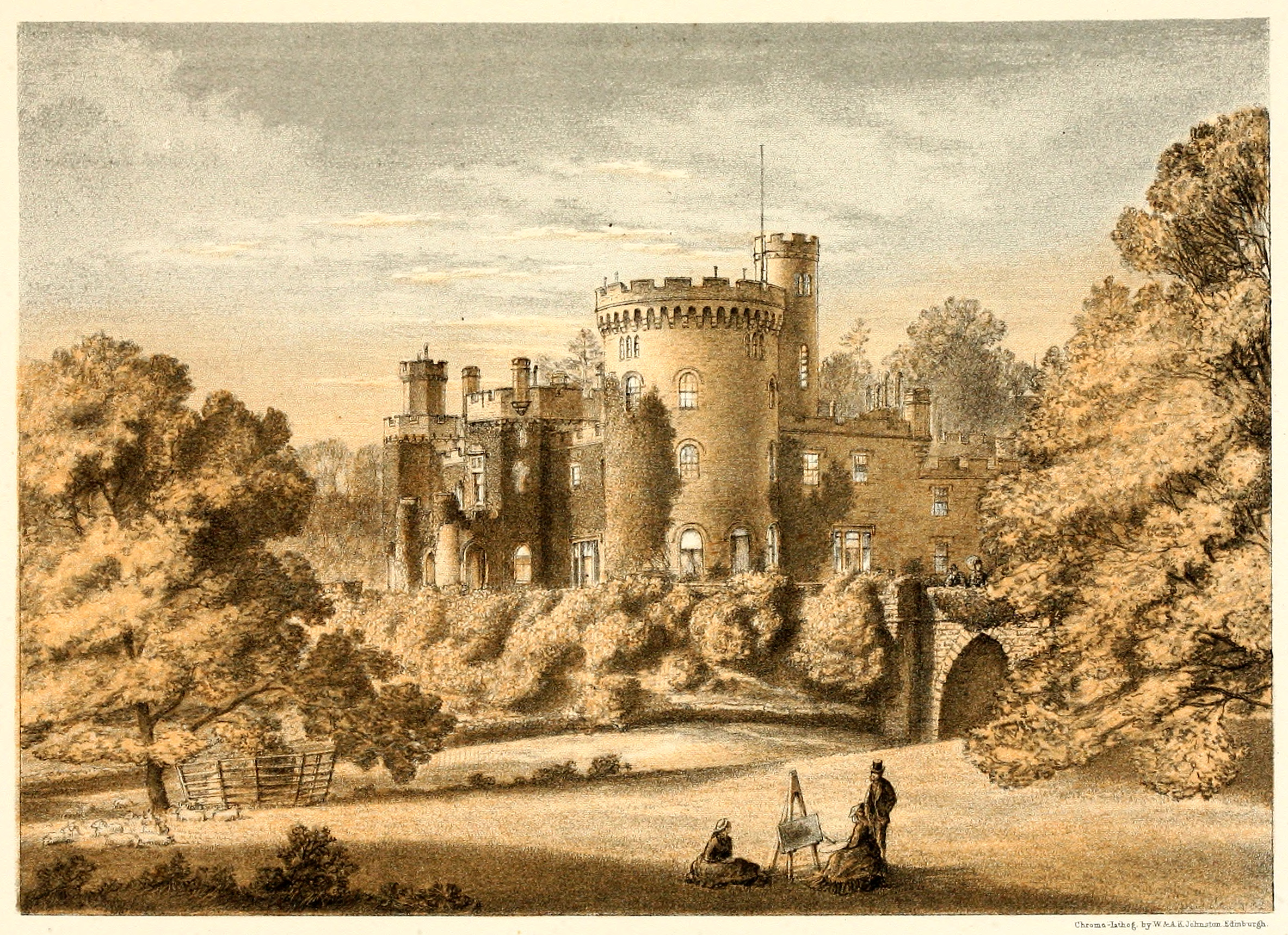Tullichewan on:
[Wikipedia]
[Google]
[Amazon]
 Tullichewan is a former estate in the
Tullichewan is a former estate in the
 Tullichewan is a former estate in the
Tullichewan is a former estate in the Vale of Leven
The Vale of Leven (Scottish Gaelic: ''Magh Leamhna'') is an area of West Dunbartonshire, Scotland, in the valley of the River Leven. Historically, it was part of The Lennox, the name of which derives from the Gaelic term ''Leamhnach'', meaning ' ...
, near Loch Lomond
Loch Lomond (; gd, Loch Laomainn - 'Lake of the Elms'Richens, R. J. (1984) ''Elm'', Cambridge University Press.) is a freshwater Scottish loch which crosses the Highland Boundary Fault, often considered the boundary between the lowlands of C ...
, Scotland. Tullichewan Castle was built in 1792 and demolished in 1954. It was located on the western edge of Alexandria
Alexandria ( or ; ar, ٱلْإِسْكَنْدَرِيَّةُ ; grc-gre, Αλεξάνδρεια, Alexándria) is the second largest city in Egypt, and the largest city on the Mediterranean coast. Founded in by Alexander the Great, Alexandri ...
, close to the present route of the A82.
History
Originally called Tuloch Eoghain, "the hill of Eoghan." In the 17th century it was acquired by the Colquhoun family, and was known as Tully-Colquhoun or Tillyquhoun; and then Tullichewan. The Tullichewan estate was sold by the Colquhoun clan to James Buchanan in 1792. Tullichewan Castle was designed in 1792 by architectRobert Lugar
Robert Lugar (1773 – 23 June 1855), was a British architect and engineer in the Industrial Revolution.
Although born in Colchester, England, Lugar carried out much of his most important work in Scotland and Wales, where he was employed by s ...
, who also designed Balloch Castle
Balloch Castle is an early 19th-century country house situated at the southern tip of Loch Lomond, in West Dunbartonshire, Scotland. Balloch was a property of the Lennox family from the 11th century, and the old castle was built in the 13th centur ...
. It is the first example in Scotland of an asymmetrical Gothic house. The Horrocks family purchased the castle in 1817, living there until 1843. The estate was then sold to William Campbell of J & W Campbell, Glasgow merchants and remained in the Campbell family until the twentieth century.
The last owner was J Scott Anderson who acquired the house around 1930. At the outbreak of World War II
World War II or the Second World War, often abbreviated as WWII or WW2, was a world war that lasted from 1939 to 1945. It involved the vast majority of the world's countries—including all of the great powers—forming two opposing ...
, Tullichewan Castle Estate was requisitioned by the Royal Navy
The Royal Navy (RN) is the United Kingdom's naval warfare force. Although warships were used by English and Scottish kings from the early medieval period, the first major maritime engagements were fought in the Hundred Years' War against ...
, who retained it for the rest of the war. Tullichewan Castle Camp was put to various uses. After the war, it was used as accommodation for workers at the Royal Naval Torpedo Factory in Alexandria. After the war, Mr J Scott Anderson returned to live in the castle, until its upkeep became too much. The castle then lay abandoned until it was finally demolished by explosives in 1954.
Although modern development has consumed most of the former estate, and little remains, a number of remnants are reported to have survived. The A82 dual carriageway and the A811 road were built through the grounds, with housing developments and the Vale of Leven Hospital covering the estate. The former stables and a fragment of the original tower can still be seen from the A82. The north lodge, or gatehouse, has been lost in the area of Tullichewan Caravan Park, where the estate also had a walled orchard. The south lodge can still be found on Main Street, Alexandria, north of the entrance to Christie Park. Of the Camp, no trace remains.
See also
* William Campbell of Tullichewan * Bromley, ZimbabweFootnotes
{{coord, 55.9956, N, 4.5963, W, region:GB_type:landmark, display=title Castles in West Dunbartonshire Demolished buildings and structures in Scotland Former country houses in Scotland Scottish country houses destroyed in the 20th century Vale of Leven Buildings and structures demolished in 1954